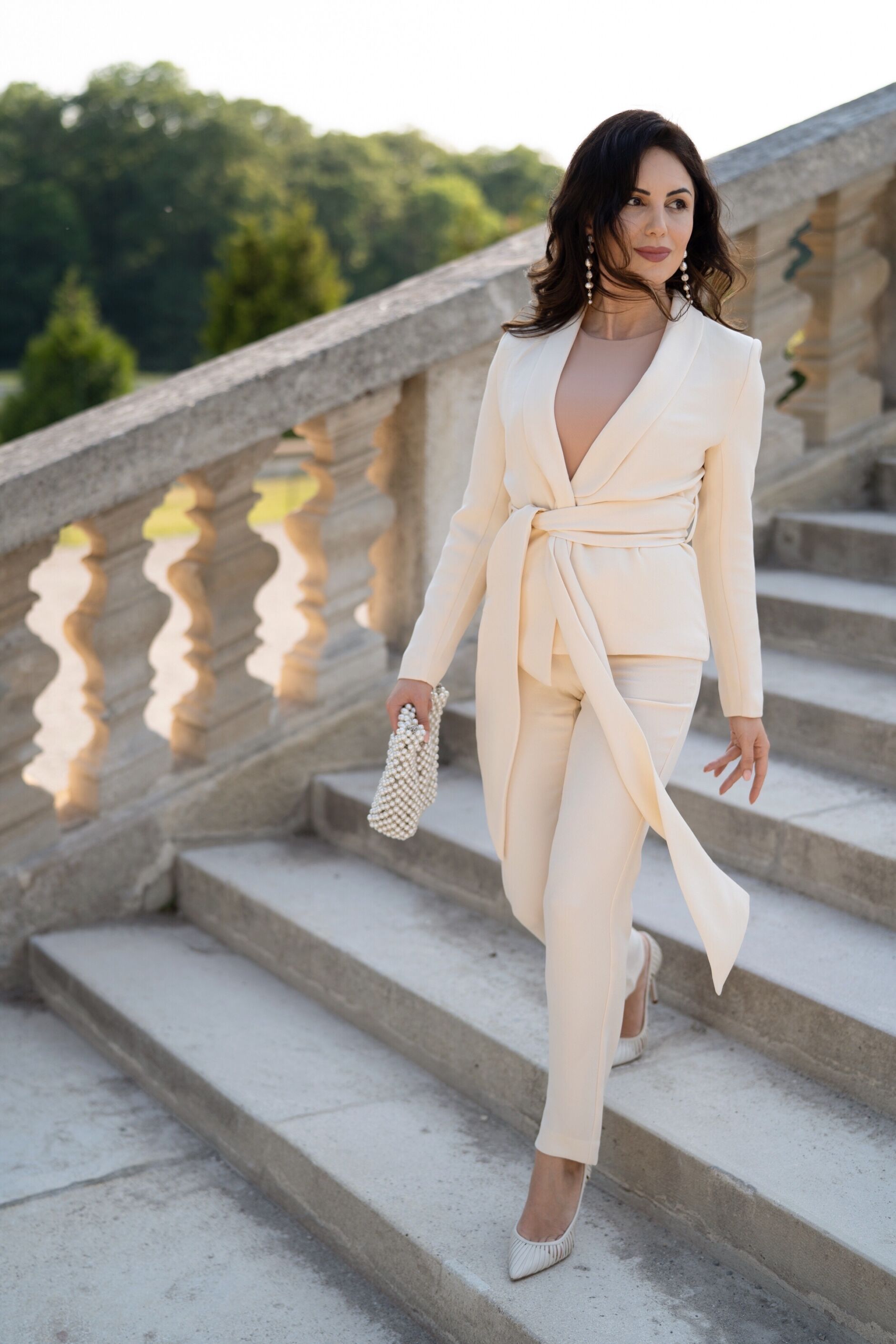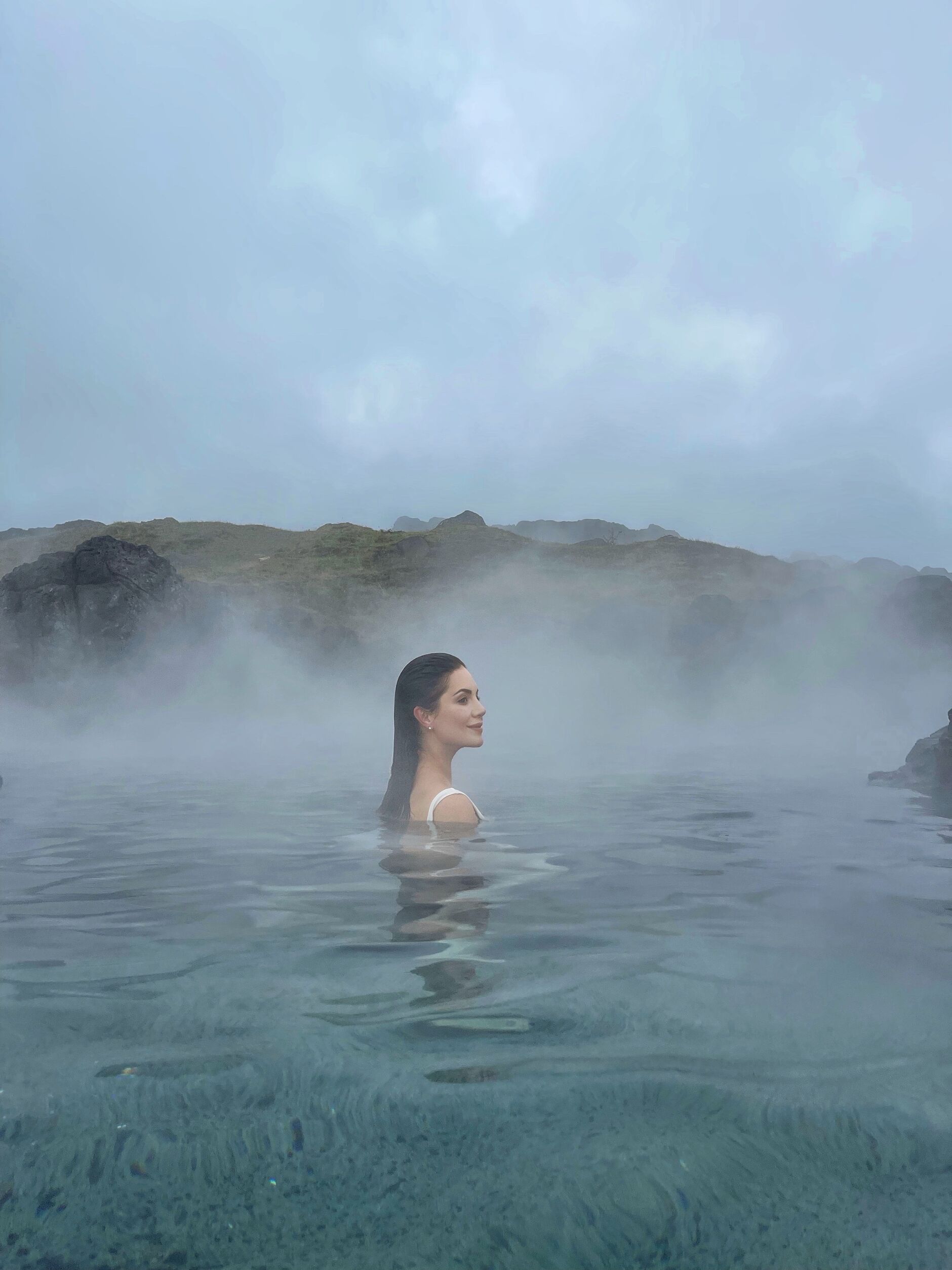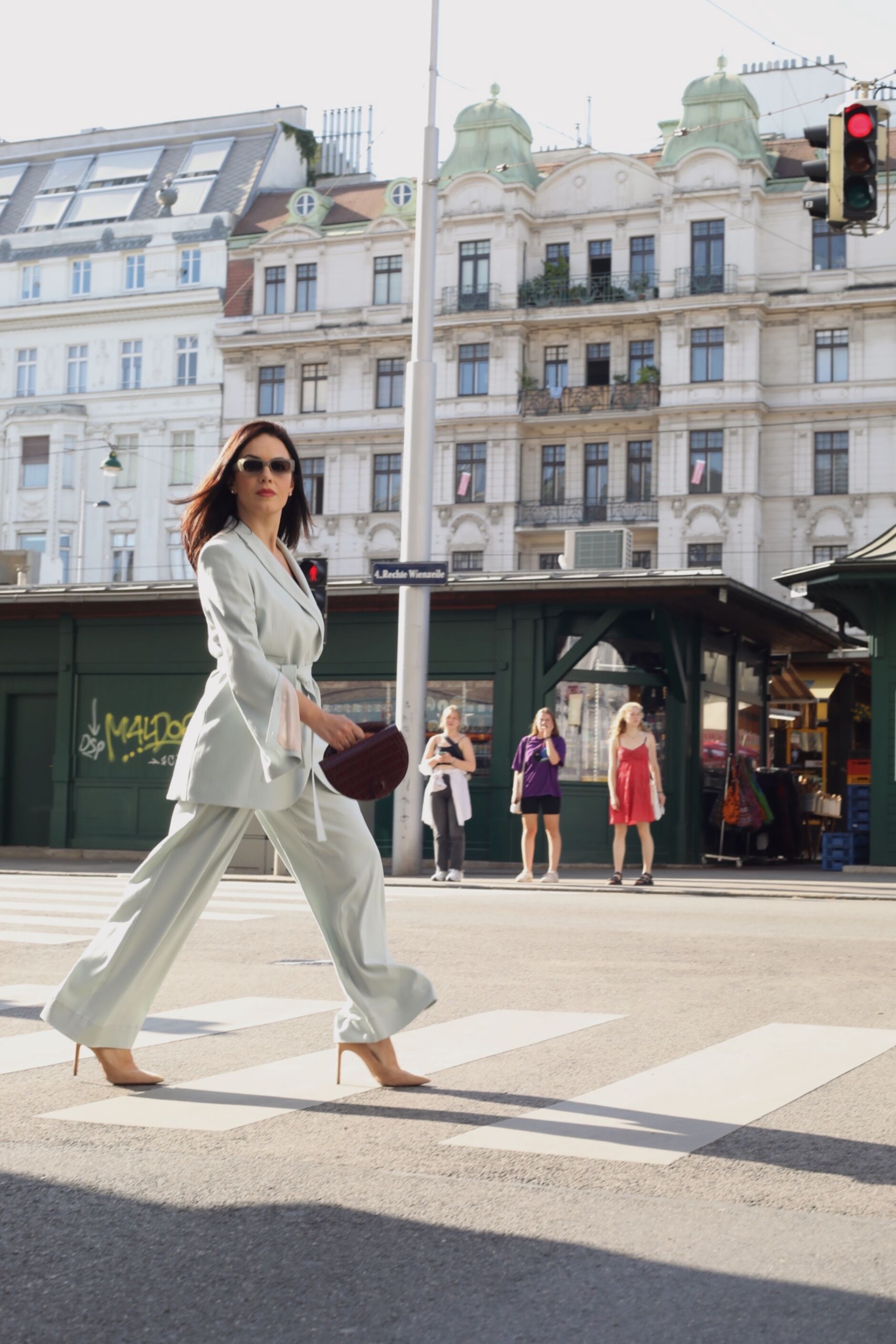Where to stay, eat, drink, shop and relax at hot springs in Iceland’s beautiful capital city
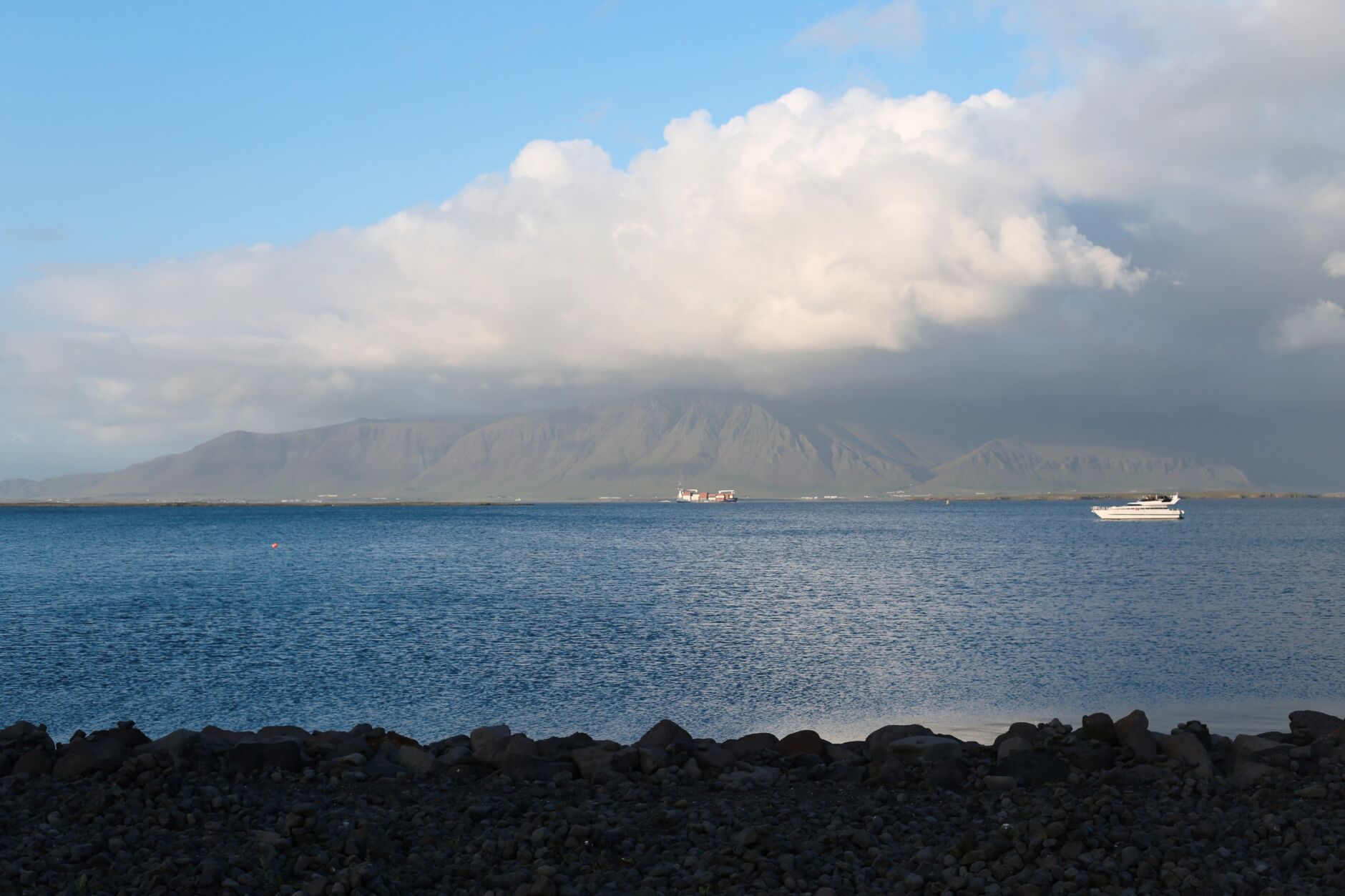
*NOTE: Unfortunately we are still in unusual times, and the COVID-19 regulations change rapidly. Please check here the latest information before making your journey to Iceland.
I already knew that September will start with a lot of work appointments, new projects and a travel destination that I have planned for the end of the month. But I would have never thought, that I would travel to Iceland on September 4th so spontaneously. My Icelandic friend and business partner, who lives in Vienna, asked me two days before the flight— if I can travel with her and her twins to Iceland for personal reasons. Without even thinking, I said “Yes, I will come and help you!”, and after a few minutes I realized “OMG, I am going to my dream island on Saturday, holy moly!”
Surely, I knew that this is not a typical work trip, nor a vacation—so I couldn’t plan too much. However, my friend was so kind to think about me and connect me with her Icelandic friends, who could give me tips on where to stay or where to go while I am in Reykjavik. So, the tips I am sharing with you here, are my personal as well as tips from the local insiders.
Iceland, the land of ice and fire has so much to offer. The Nordic island country, located in the North Atlantic Ocean and the most sparsely populated country in Europe—is famous for its central volcanic plateau, traditional Icelandic cuisine, Icelandic literature, and medieval sagas.
Located in southwestern Iceland, on the southern shore of Faxaflói bay, Reykjavik, once a small fishing village, is the cosmopolitan capital and largest city of Iceland. Home to more than half of the country’s citizens, is the center of Iceland’s cultural, economic and governmental activity, and a popular tourist destination.





Its tiny downtown area can be walked in less than a few hours and yet you can discover cultural spots like modern to classical museums featuring the Viking history and medieval sagas, creative pottery boutiques, to contemporary art galleries, edgy fashion designer stores and modern Icelandic outerwear.
Reykjavik is also known for its high class gastronomic scene featuring a global range of cuisines and nightlife scenes. A modern harbour area with an award-winning architectural highlight concert hall, as well as a lot of day-trip options to hot springs, lava fields, breathtaking waterfalls and other dreamy natural spots.
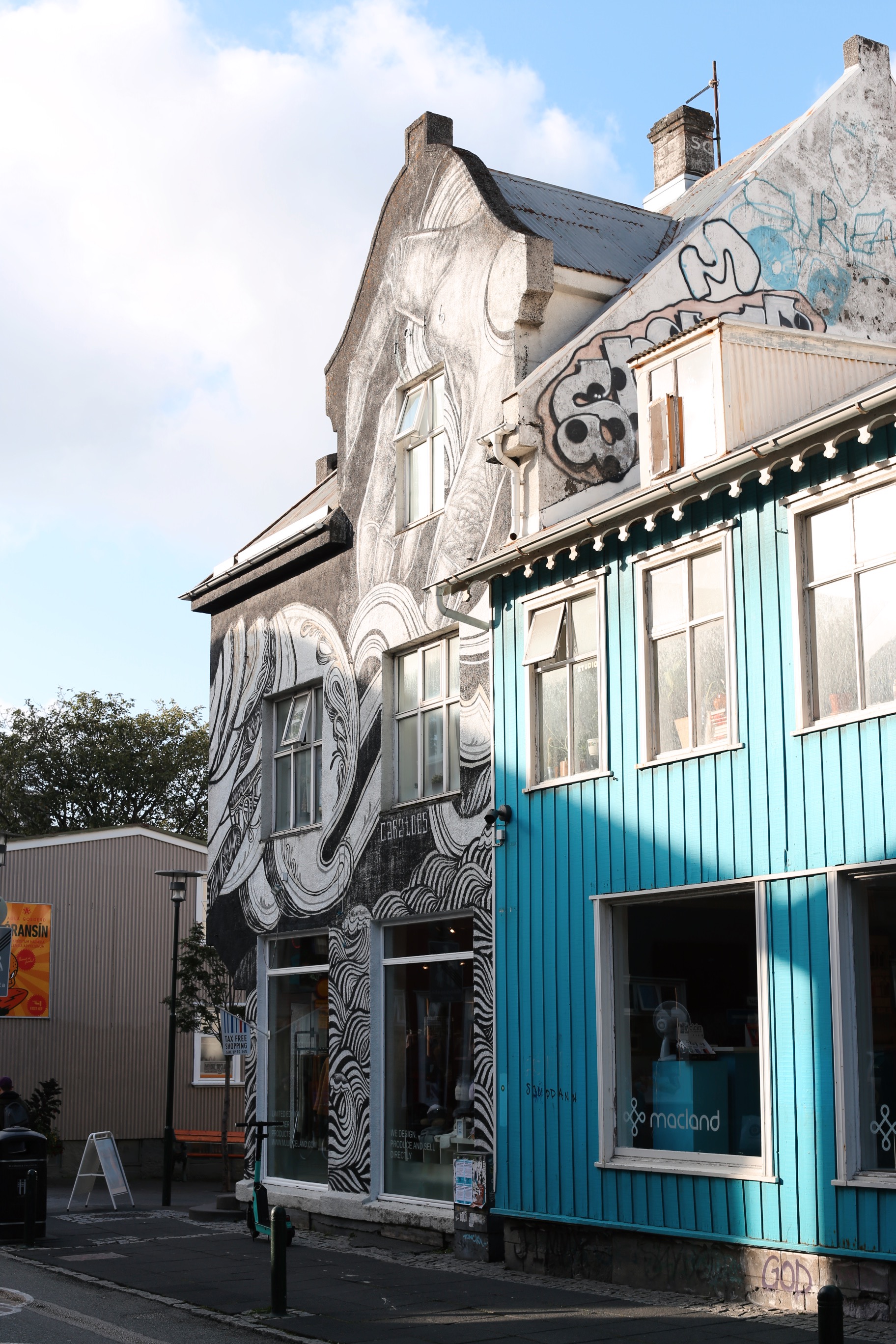
What to do within 48 hours in Reykjavik?
The best thing you can do is to stroll around the city’s small lake, Tjörnin. On the lake’s eastern side is the City Hall, where you can find the tourist office, a lot of information about Iceland, and occasional events, concerts and exhibitions by local artists. Close to the lake is the National Museum of Iceland, where you can see the exhibition about the story of Iceland. Very close to the National Museum of Iceland, you can also find the National Gallery of Iceland, which showcases Icelandic art, but also international artists.
If you are not too much into spending time in museums, you can just stroll down to the harbour area and have a delicious lobster soup, seafood as well as desserts made with Icelandic chocolate.
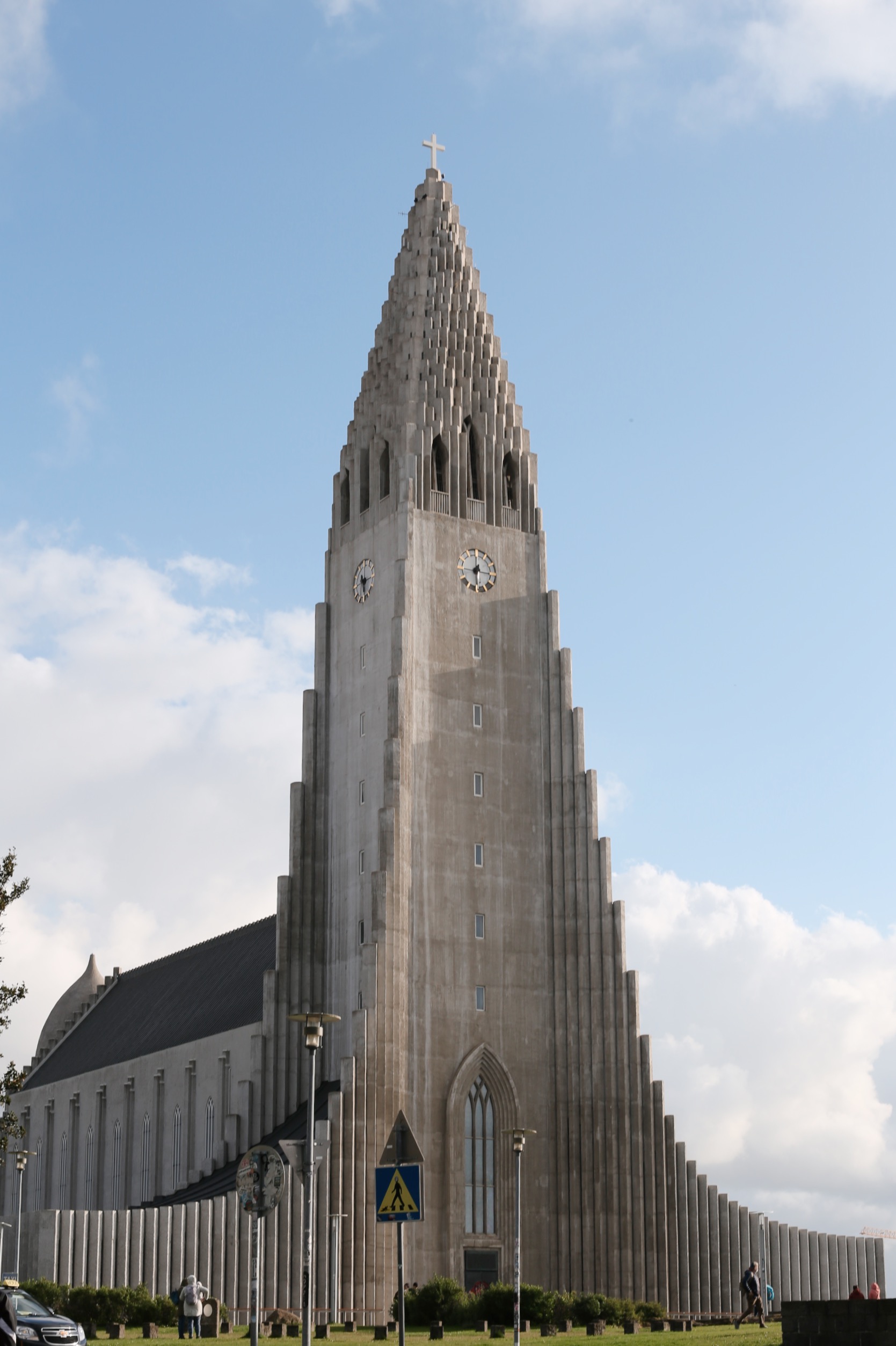
Reykjavik offers a lot of premium restaurants, bars, cafés and local design shops. A visit to Hallgrímskirkja, Reykjavik’s symol—the rocket-shaped church. It was designed by famed national architect Guðjón Samúelsson, inspired by the country’s basalt rock formations. Make sure you visit a concert at Harpa, home to the Iceland Symphony Orchestra and the Icelandic Opera. Harpa is admired for its glacial form and shimmering exterior, a work by famed light installation artist Olafur Eliasson.
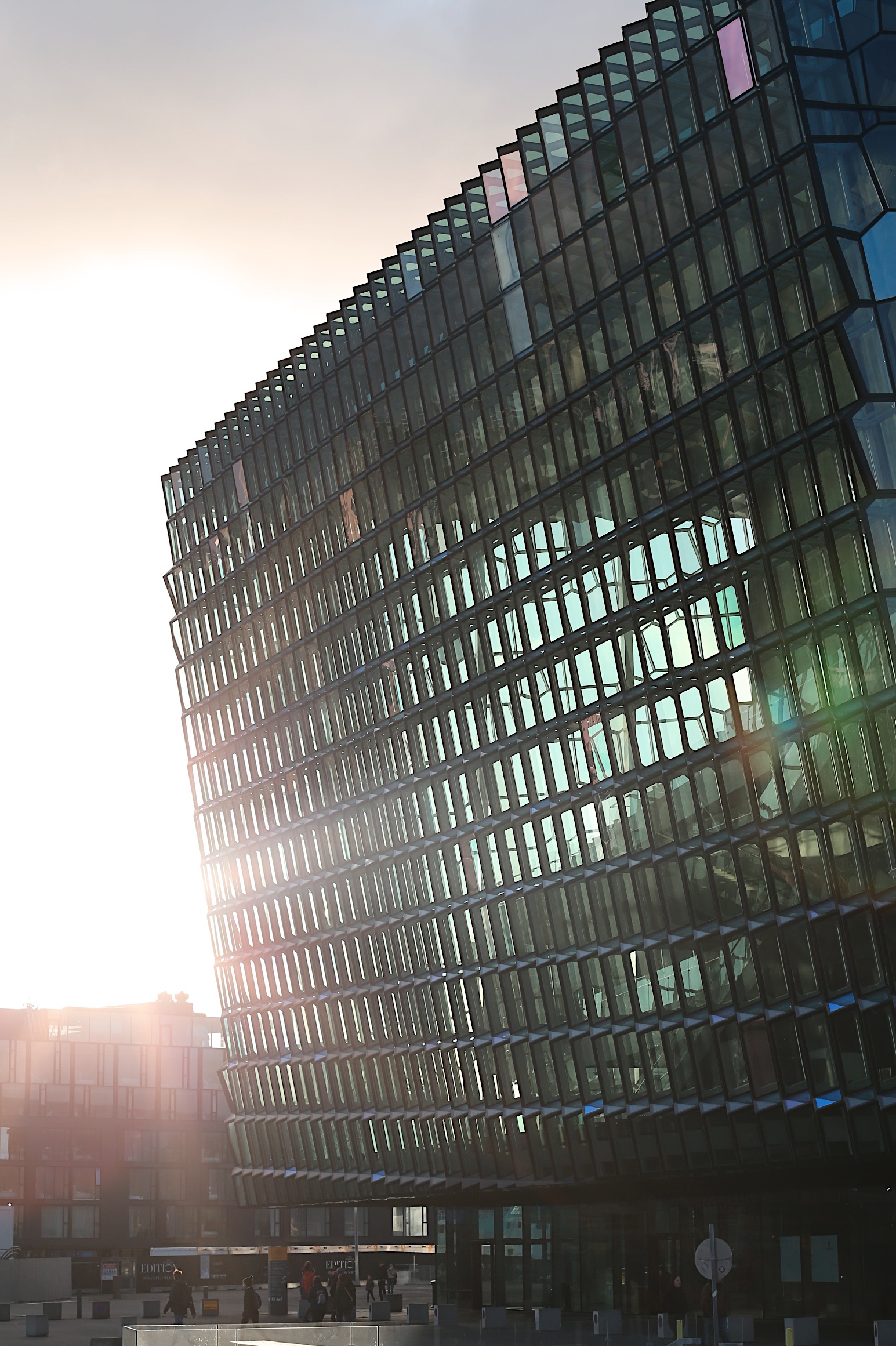
When you visit Reykjavik, you have to experience the traditional Icelandic bathing culture with modern design. Located 10 min from Reykjavik’s downtown. The moment I arrived at Sky Lagoon on a moody and rainy Monday afternoon, I could finally experience the traditional Icelandic bathing culture. I booked my Sky Pass online, thinking this pass might offer more than the other passes. Well, not really— a classic Pure Pass, could have been enough to spend time as much as you want and to experience the seven spa steps. They use geothermal energy as a primary energy source to keep the lagoon hot. Fresh hot water constantly enters the lagoon and warm water flows out. The warm water is captured exiting the lagoon to heat spring water for the showers.
If you visit the Sky Lagoon, take your slippers, skincare, hair-shampoo, conditioner and your hair comb with you. They don’t offer slippers nor a hair-shampoo, so if you are a person like me who needs to have everything after bathing, better bring these with you. Overall, it is a wonderful experience to relax, breathe fresh air and have a baby smooth skin after.
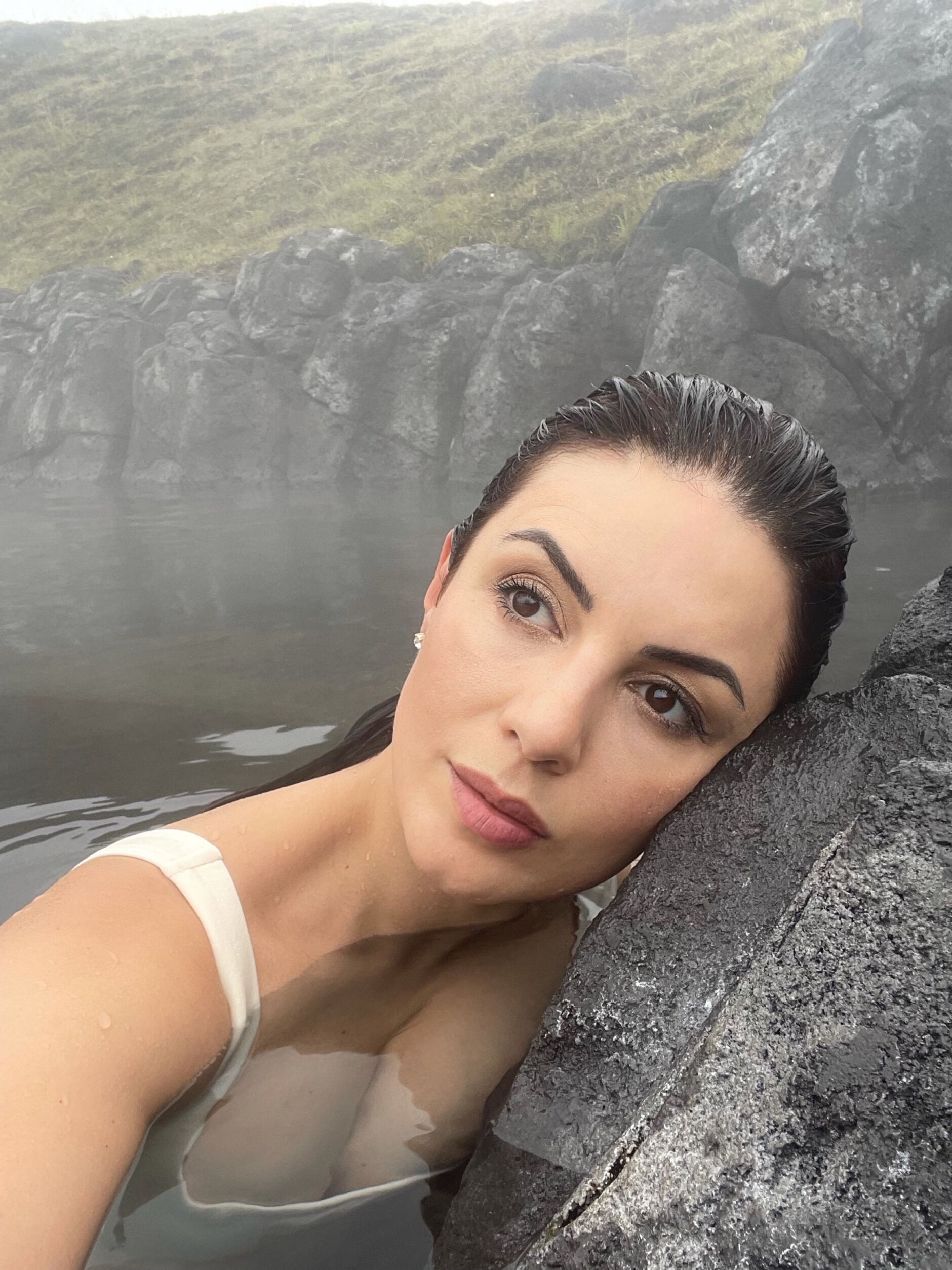
Sky Lagoon, Vesturvör 44-48 200, Kópavogur, Iceland


Where to stay?
Iceland is a very pricey island, so don’t be surprised when you see the sky-high hotel prices. Many choose to stay in Airbnb’s, but I rather prefer to stay in a “budget” hotel, than in private apartments, especially when I travel alone. Here are some addresses where you can choose from luxury to nice city hotels:
Hotel Borg
Built back in 1930, the historic Hotel Borg was Iceland’s first luxury hotel. With its high-end Art Deco elegance, luxury spa and a good restaurant and bar, Hotel Borg is one of the luxe addresses in the capital city of Iceland.
101
Located in a historic 1930s building in downtown Reykjavik, overlooking stunning harbour views, 101 Hotel is a chic design boutique hotel, with a sleek monochrome interior. One of the best spots in Reykjavik’s downtown offers comfortable rooms , a great restaurant with a bar, and a luxurious spa.
Black Pearl – Finest Apartment Hotel
Since opening in 2013, Black Pearl has been awarded as the best Apartment Hotel accommodation in Reykjavik. According the TripAdvisor, Black Pearl offers excellent service in a contemporary and incomparably luxurious setting.
CenterHotel Arnarhvoll
At the harbor end of the city, overlooking the bay and mountains, Center Hotels Arnarhvoll is where I stayed and I can highly recommend it. It offers some of the best views in Reykjavik. From the lobby to the rooms, everything feels modern, stylish and Nordic chic. The hotel’s rooftop SKÝ Bar is a wonderful breakfast spot to start the day.
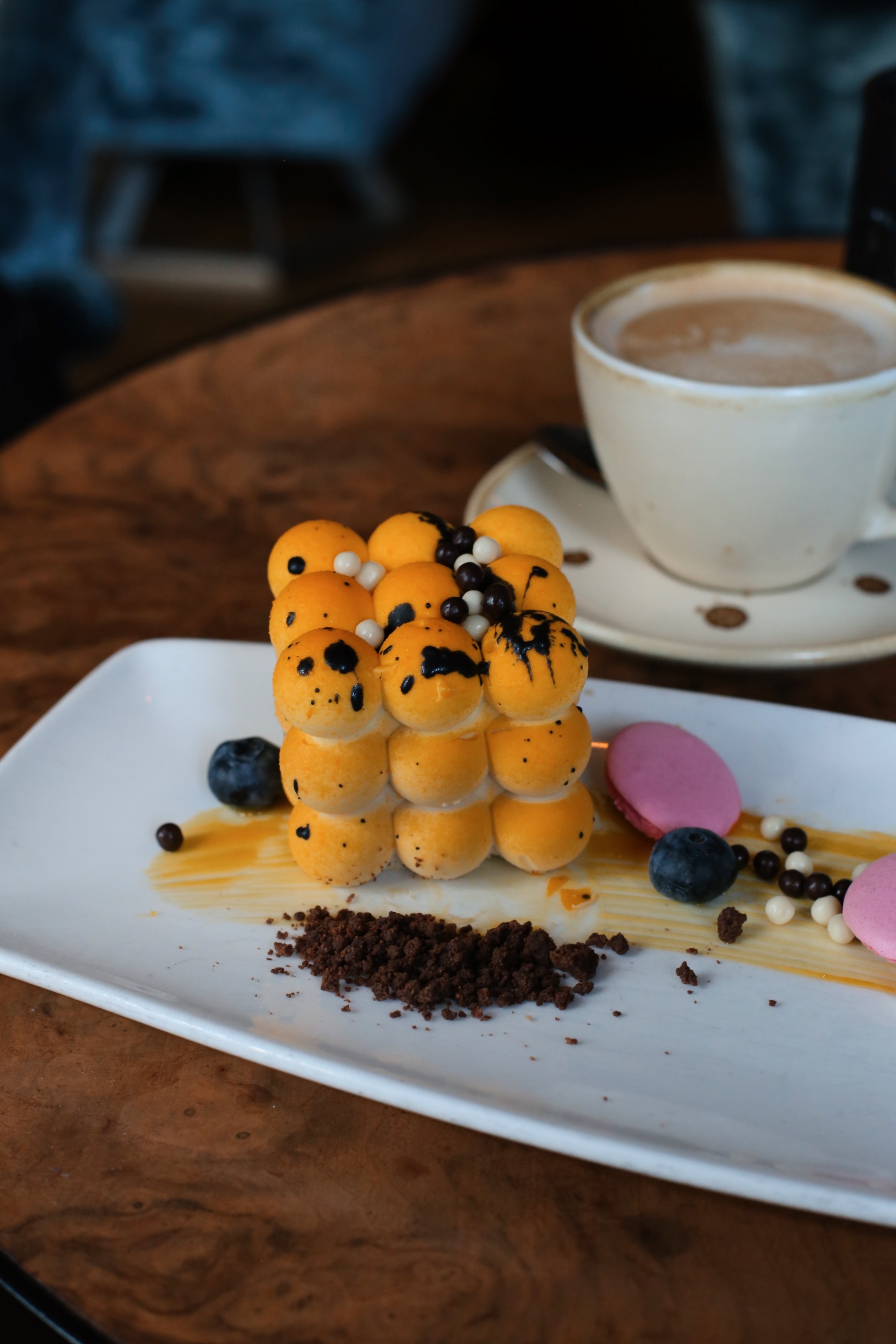
Where to eat and drink in Reykjavik?
Grillið, Lækjargata 2a, 101 Reykjavík
Flatey Pizza, Grandagarður 11, 101 Reykjavík
ROK, Frakkastígur 26a, 101 Reykjavík
Gandhi – Bergstaðastræti 13, 101 Reykjavík
DILL Restaurant, Laugavegur 59, 101 Reykjavík
Brauð & Co., 16 Frakkastígur, 101 Reykjavík
Kaffibarinn, 43W9+9FG, 101 Reykjavík
Duck & Rose, Austurstræti 14, 101 Reykjavík
La Primavera, Grandagarður 20, 101 Reykjavík
The Coocon’s Nest, Grandagarður 23, 101 Reykjavík
Matur og Drykkur, Grandagarður 2, 101 Reykjavík
Skál!, Laugavegur 107, 101 Reykjavík
Snaps Bistro, Þórsgata 1, 101 Reykjavík
MAT BAR, Hverfisgata 26, 101 Reykjavík



When to go?
The right time to visit Reykjavik depends mostly on what you want to do. If you prefer warmer temperatures and roaming around in a shirt or let’s say, in a light cardigan and exploring the dramatic landscapes of Iceland, then June to August get the best temperatures.
For the Northern Lights you’ll need to book between October to April. Iceland is a land of extremes, get ready for surprises that whenever you go, you’ll find a lot of memorable experiences.
Iceland is definitely worth a longer trip than just a day or two and 4 days is an absolute minimum for Reykjavik and the South Coast. However, no matter whether you’re traveling— in summer or in winter, I recommend planning at least 5-7 days if you want to see some of the main highlights of Iceland.
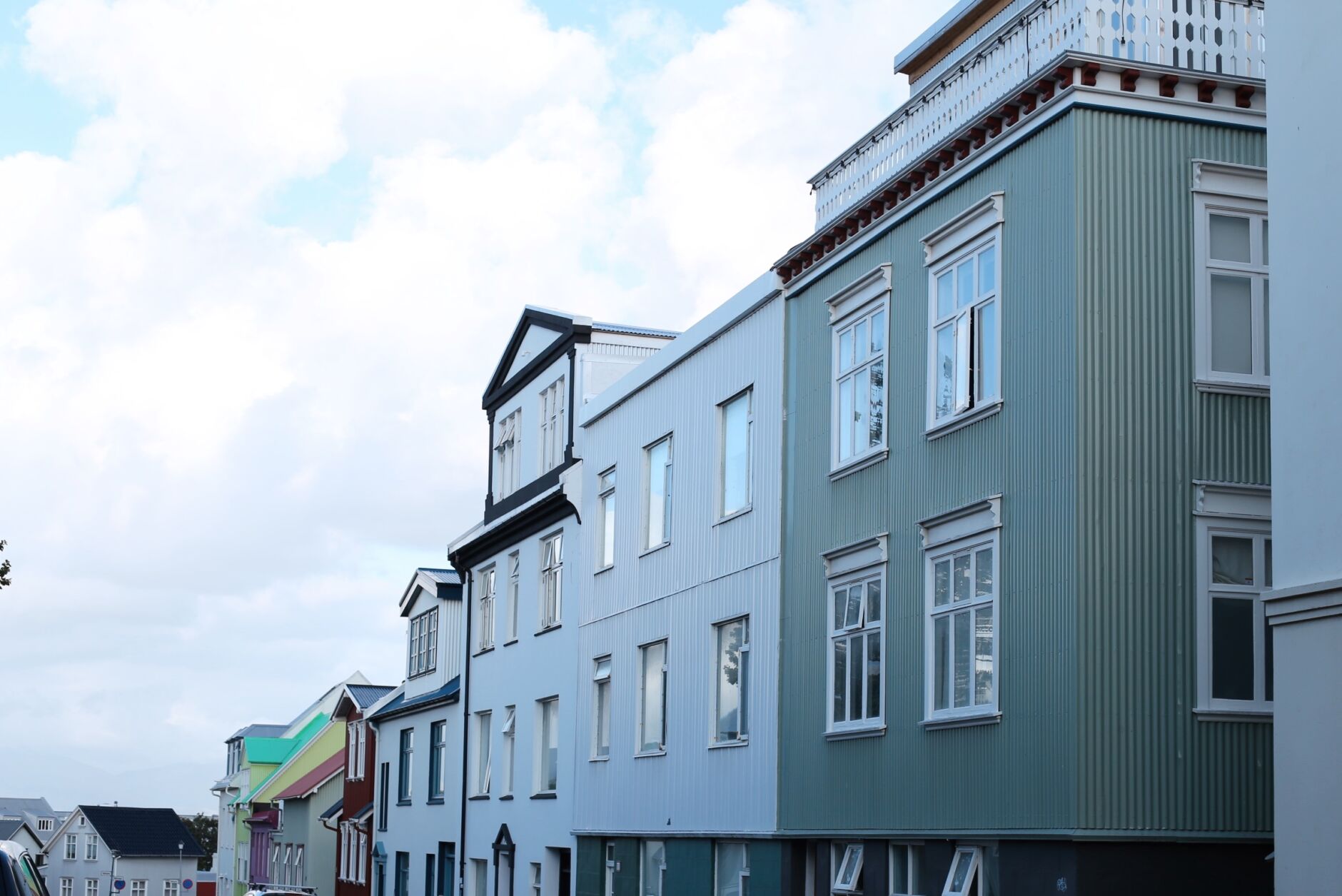
What to bring home?
The best thing you can buy in Iceland is the iconic Icelandic sweater with the lópapeysa pattern. The sweaters are made from unique local wool and are super warm for Iceland’s cold and windy days. Other things that you can bring home are the Icelandic chocolates, organic sea and lava salts, as well as natural skincare, such as Icelandic mud mask, serums, moisturizers, and organic and neural supplements.
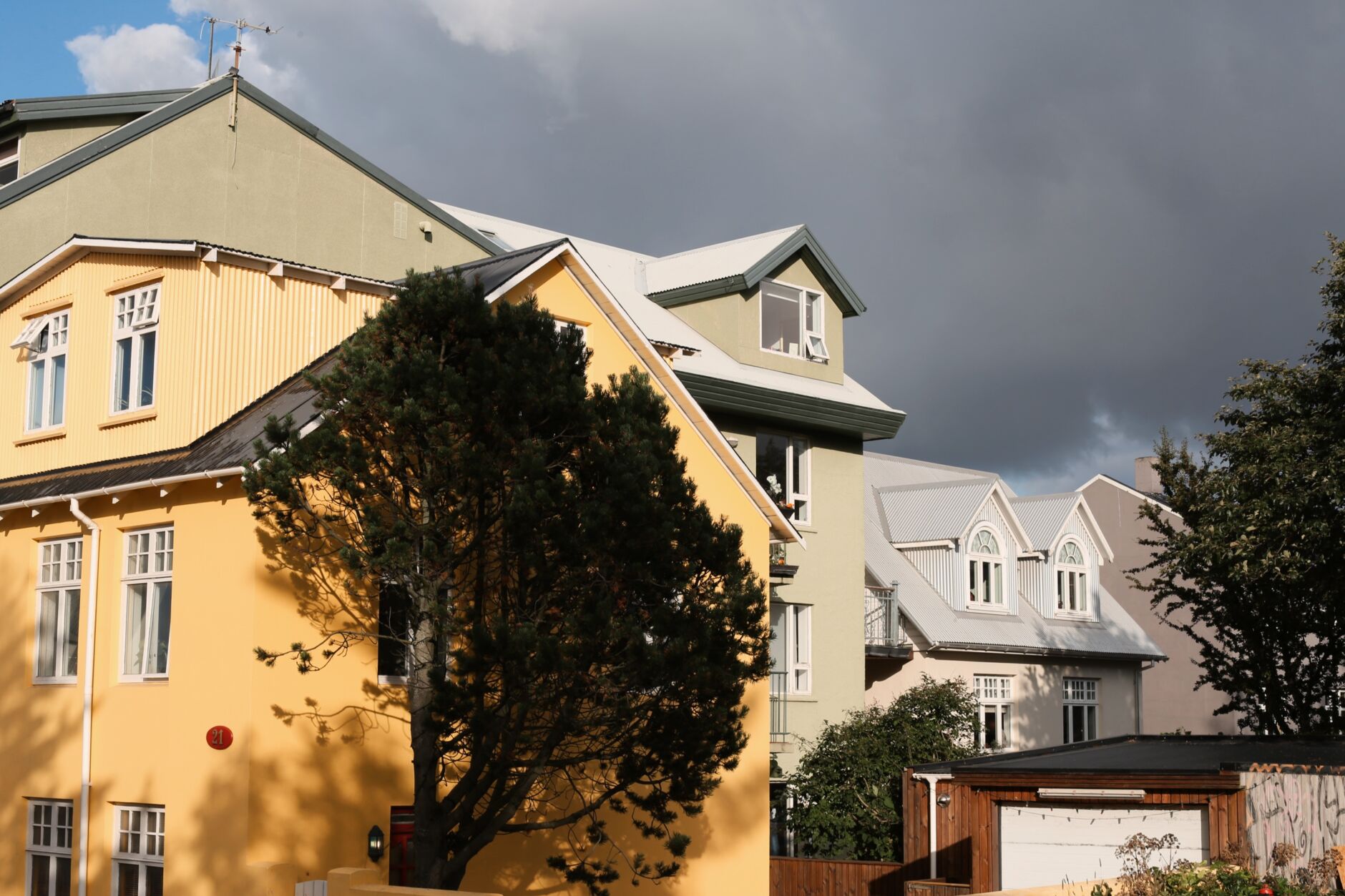
How to get around?
Since Iceland doesn’t have trains— buses and taxis are the only public transportation options. Taxis are also easily available but are insanely expensive and could to be used only when absolutely necessary. So be mindful not to take one from the airport taxis, unless you want a bill of around a hundred and twenty euros. If you are planning a longer stay, renting a car is the best way to save money and also to get around easily. In the city itself, you don’t need a car. If you’re not a walker, buses are the next best way to explore the centre and suburbs.
The stories you’ve heard about the city being expensive are also true. Especially when it comes to dining and drinking. But at least you don’t need to top and pay service charges, because they are always included in the bill.
For families: yes, Iceland on the whole is a very family-friendly place, safe, clean, and offers lots of activities for the children.
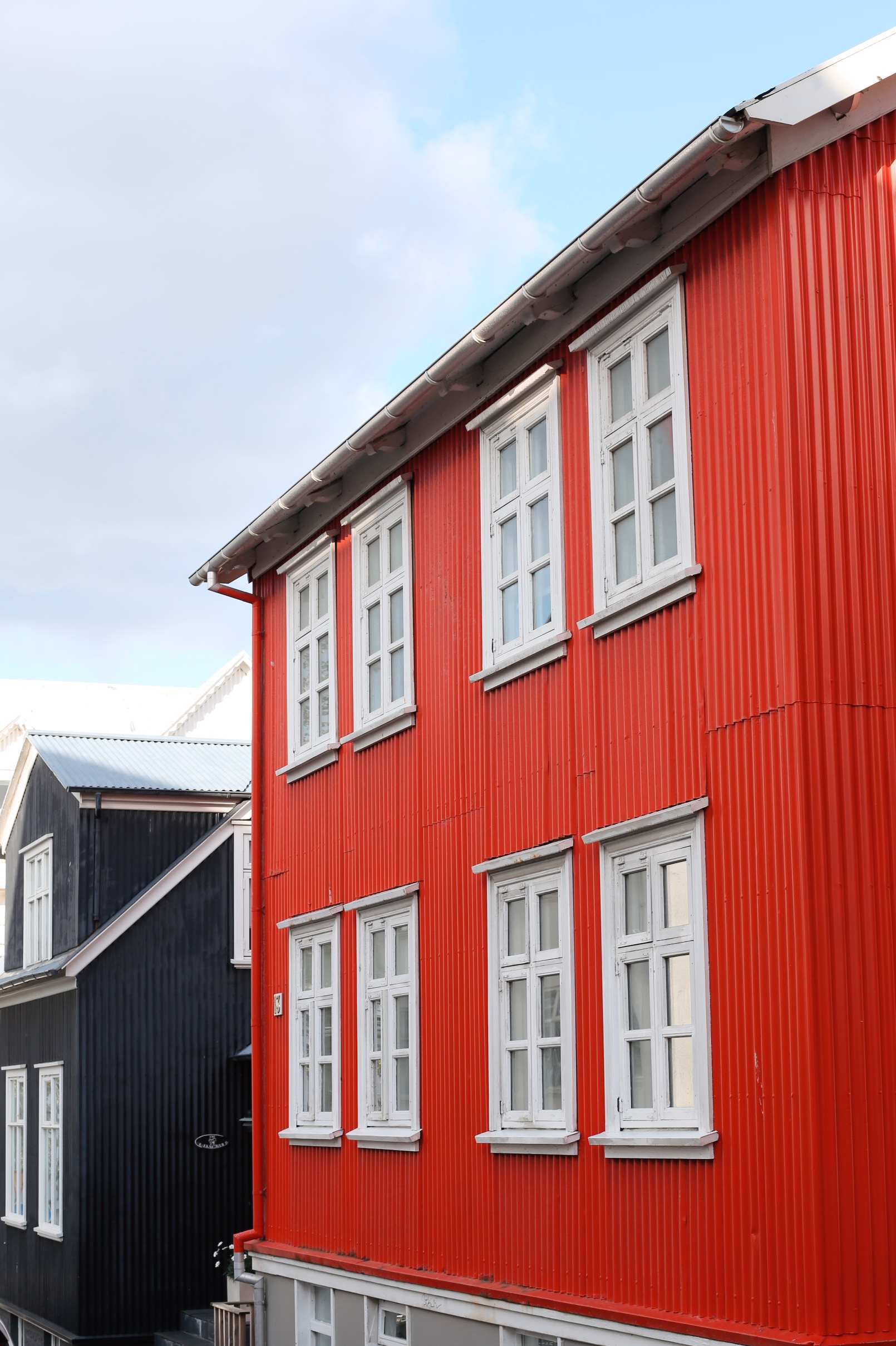
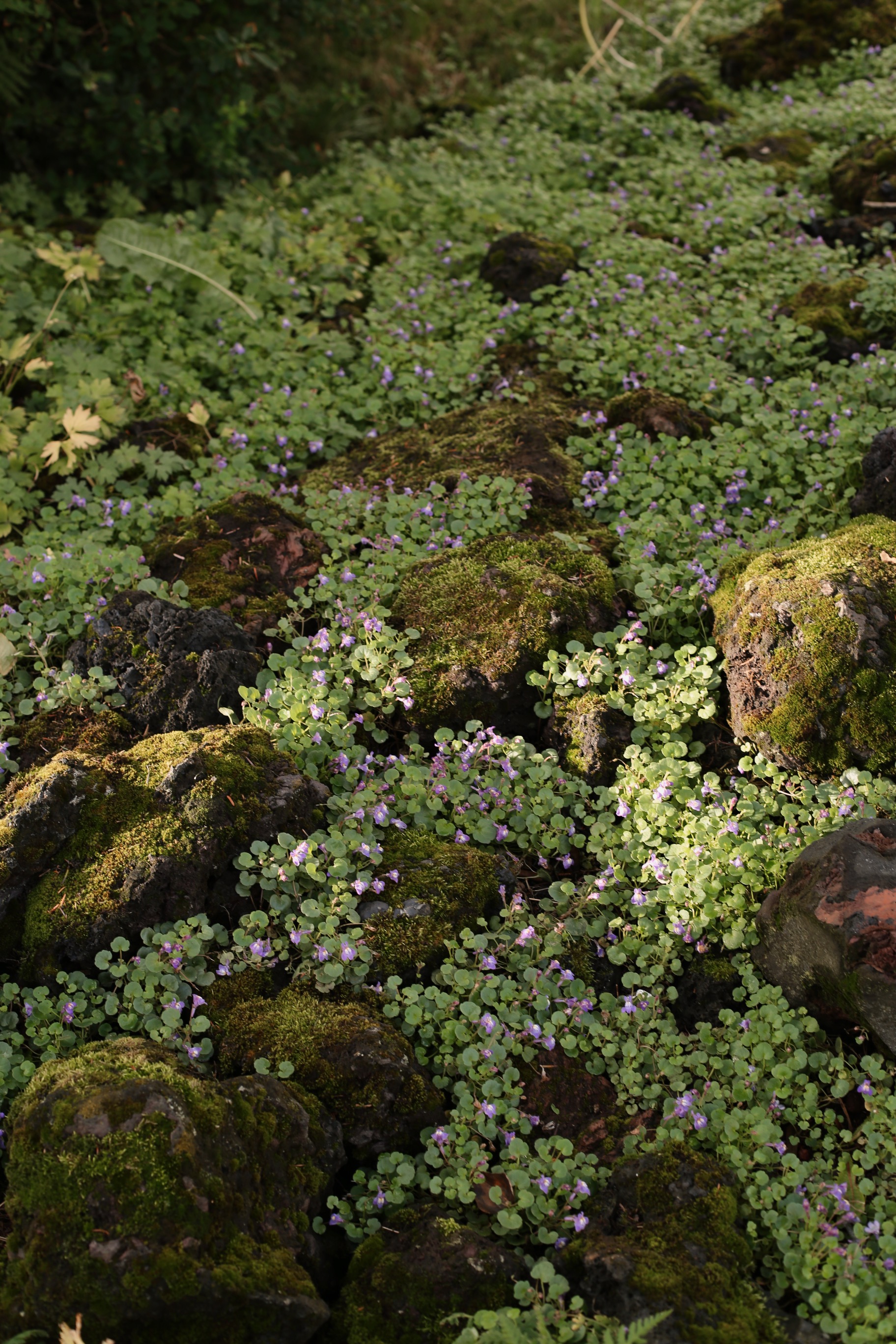
All photos (c) DisiCouture
